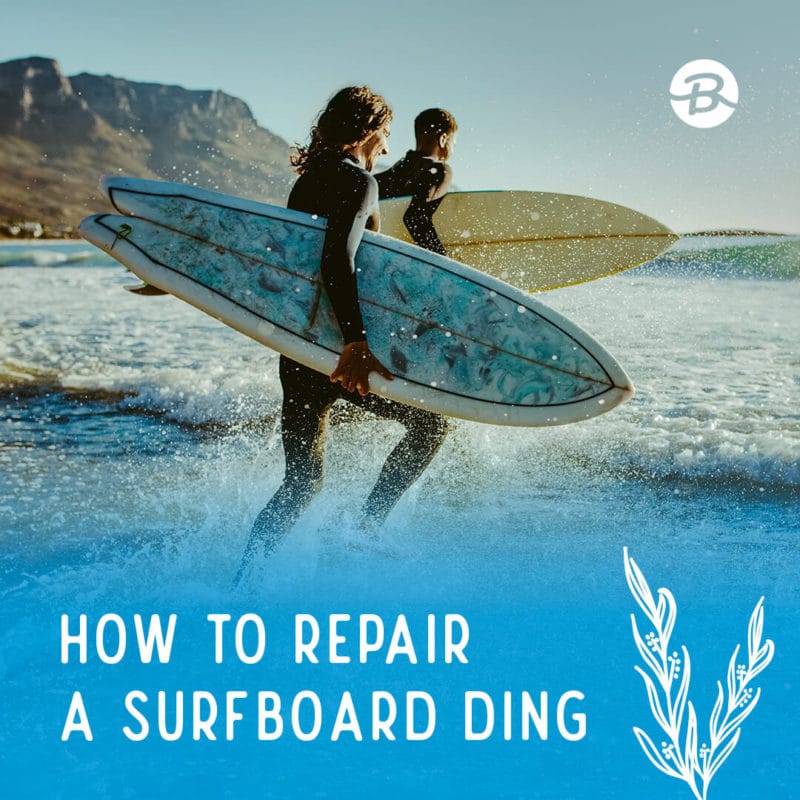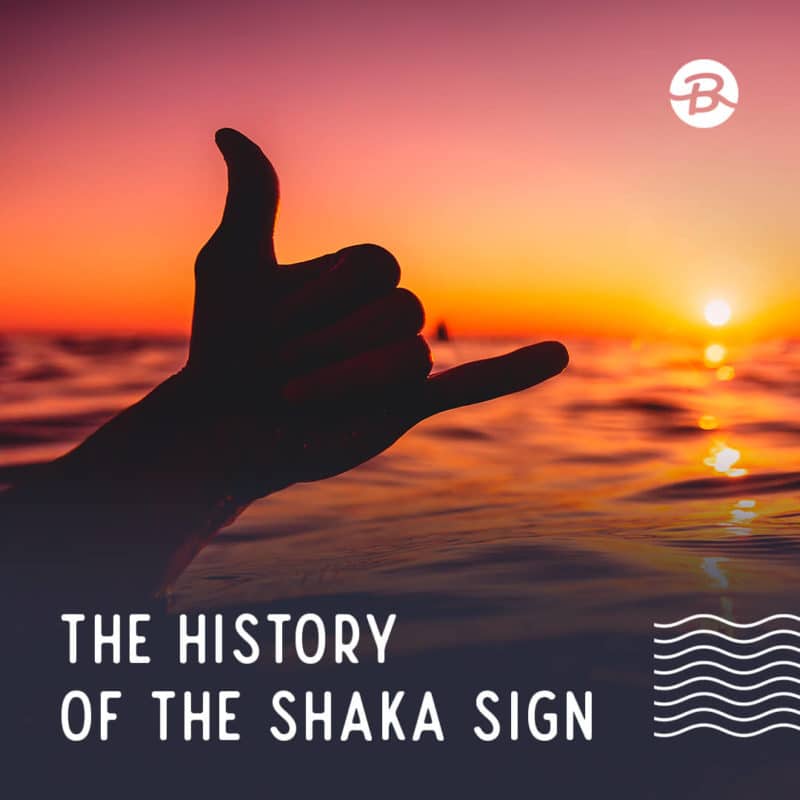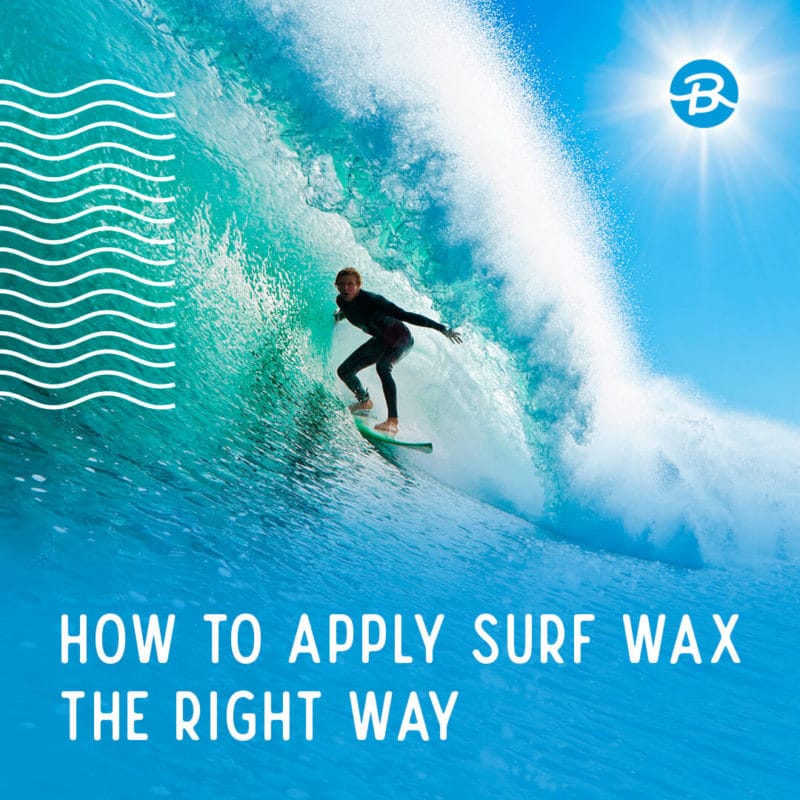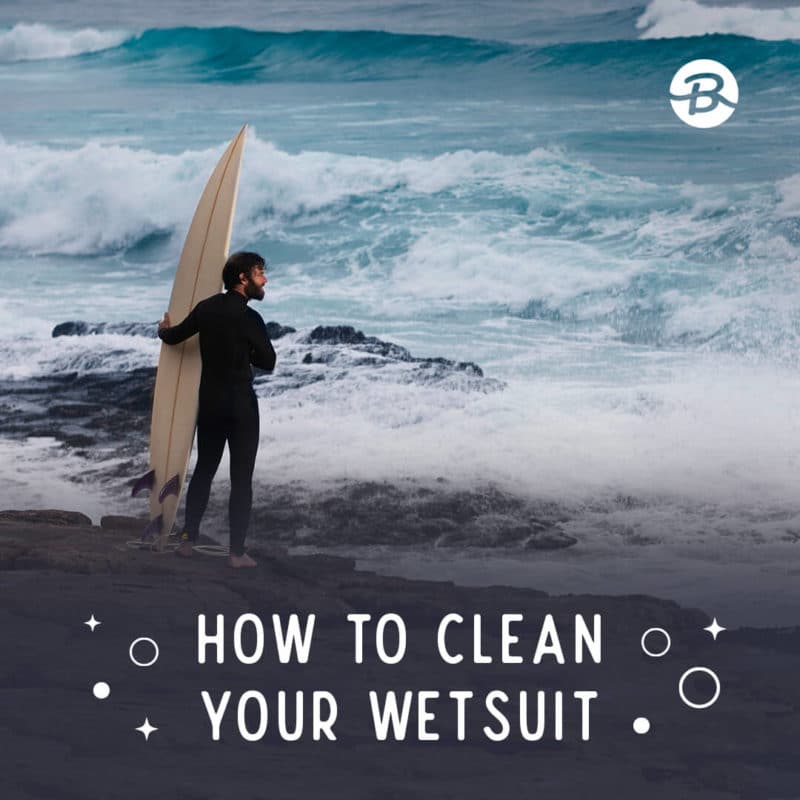At first glance, surfing seems easy until you realize how complex waves are. Knowing the types of breaking waves, when they will break, and how they break means a lot for surfers. We’re going to give all the details in this article.

Reading waves is an art and helps you improve your surfing skills. Let’s get to it and learn all about how waves begin and break and how to read them!
Why Do Waves Break?
Science tells us that wave breaking generally occurs when amplitude reaches a level that causes significant wave energy that results in shallower water. As waves approach the shore at full speed, the friction causes energy dissipation. As sudden depth changes occur, the waves slow down and break.

Wave Dictionary
Before we dive into the different kinds of breaking waves, let’s take a quick look at wave words every surfer should know!
- Crest: highest point of the wave.
- Amplitude: the distance from the wave’s crest to the average still-water level.
- Frequency: the number of waves passing a fixed point within a specific time frame.
- Swell: when wave heights increase due to a nearby storm instead of offshore wind conditions.
- Swell direction: the direction from which the swell is coming; used to determine the quality of waves.
- Swell height: the distance from the wave’s peak to the trough; affects wave height.
- Tides: rising and falling of the sea.
- Trough: thelowest point of a wave.
- Wave height: the distance between the wave’s trough and crest.
- Wavelength: the distance between the consecutive and regular wave crest.
Types of Breaking Waves
As a wave period ends, it will inevitably reach the coastline and break. The basic types of wave breaks are spilling breakers, plunging breakers, surging breakers, and collapsing breakers.
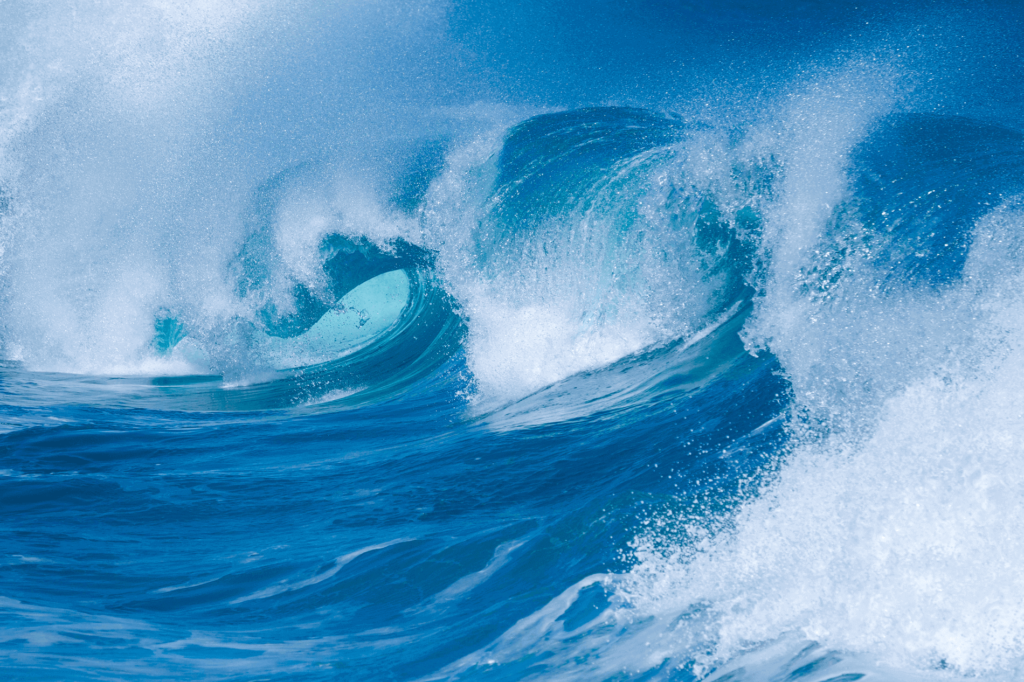
Spilling Breaker
Spilling breakers, also known as ‘mushy waves,’ are soft waves that gently break as they approach the shore. This type of wave breaks when there is a gentle slope on the sea bottom.
Plunging Breaker
Plunging breakers happen when the ocean floor has sudden depth changes. Also referred to as ‘dumping waves,’ plunging breakers cause powerful barrel waves that create a tube-like shape as they break.
Surging Waves
After a long period of swells, you get surging waves. These are slow and smooth, and they have an almost non-existent crest. Some surging waves won’t really be a breaking wave at all.
Collapsing Waves
A collapsing wave forms when a surge mixes with plunging waters. The crest doesn’t entirely break, and the wave’s bottom collapses as it becomes vertical. The wave energy transitions into whitewater.
Square waves are another unique type of wave. Learn more here!
Surfing Breaks and Waves
Now that you have a better understanding of breaking waves, it’s almost time to grab your surfboard. Let’s check out some scenarios to help you catch those swells.
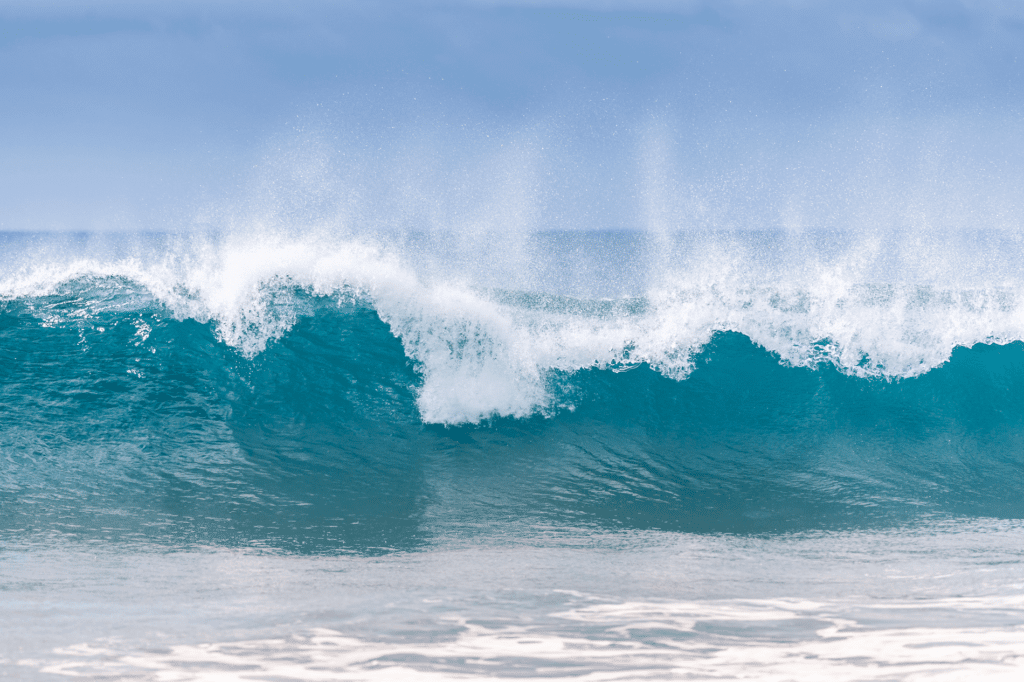
Left-Hand Breaks
When looking at right-hand and left-hand waves, you’ll need to use a surfer’s perspective. When looking at a wave head-on, it’ll appear to break to the right. If more than one surfer is out on the water, the one closest to the wave’s peak has the right of way.
Right-Hand Breaks
As with a left-hand wave, this kind of breaking wave will have a right-hand direction when on the board. When you’re on the shore, it’ll appear to break left.
A-Frame Waves
A-Frames have a peak in the middle with shoulders on the left and right. These are ideal for surfers because it allows two to ride the same wave.
As the breaker wave happens both right and left, the surfer who catches the wave will ride in opposite directions. You usually won’t start off behind the wave’s peak and ride your way to the other side unless there isn’t another surfer on the opposite side.
Closeout Waves
As the name suggests, closeout waves suddenly close. This makes it impractical for a surfer to ride the wave left or right. While challenging, it’s possible to catch a closeout wave. Typically, only an experienced surfer will attempt to catch a closeout wave to do airs or floaters.
Reform Waves
Reform waves die down as they hit deeper water depth. Then, they reform or break again due to the varying depth of the ocean’s floor. Inside reform waves are ideal for those with less experience. Surfing experts can catch a reform wave deeper into the ocean, location and conditions permitting.
Crumbly Waves
Crumby waves, or mushy waves, break gently and tend to be less hollow, steep, or brisk. These waves work well for beginners. Fortunately, you can find crumbly waves in just about any notable surfing location, like Hawaii!
Double-Up Waves
When two waves come together with their crests and troughs lining up, you get double-up waves. The intense wave energy from the two causes powerful, large swells.
Double-ups can be dangerous when they break and can be challenging even for surfing pros. With that said, these aren’t recommended for beginners.
How to Read a Wave
So, now that you know the kinds of breaking waves and how to identify them, you want to make sure you can read them when you’re at the beach.
Tip: Practice reading them first as you sit on the coastline.
First, look at the horizon line. When you see a lump, look out for the wave’s peak because this is when the wave starts to break.
Next, identify which side of the wave has the steepest angle, as this is the direction the wave will break. This will help you determine whether it’s a left-hand or right-hand wave to let you know which direction you’ll ride.
Note: If there isn’t any discernible angle on either side, it’s likely a closeout wave.
Once you’re ready to catch a wave, you’ll need to paddle quickly when you’ve spotted the peak. Ideally, you’ll reach the wave’s peak before it begins to break. Be sure to look around to see if anyone else is attempting to catch the same wave.
Key Takeaways
Waves break as the wave approaches shallow water, and their energy decreases. You can catch spilling, plunging, and surging waves. To catch the wave, you’ll want to find a wave that breaks either left or right.
The best wave for beginners is crumbly waves because they’re less powerful. When reading a wave to determine the wave’s break, you’ll use the horizon as your guide.
Now, all you need to do is grab your surfboard, give it a shot, and hang loose!

